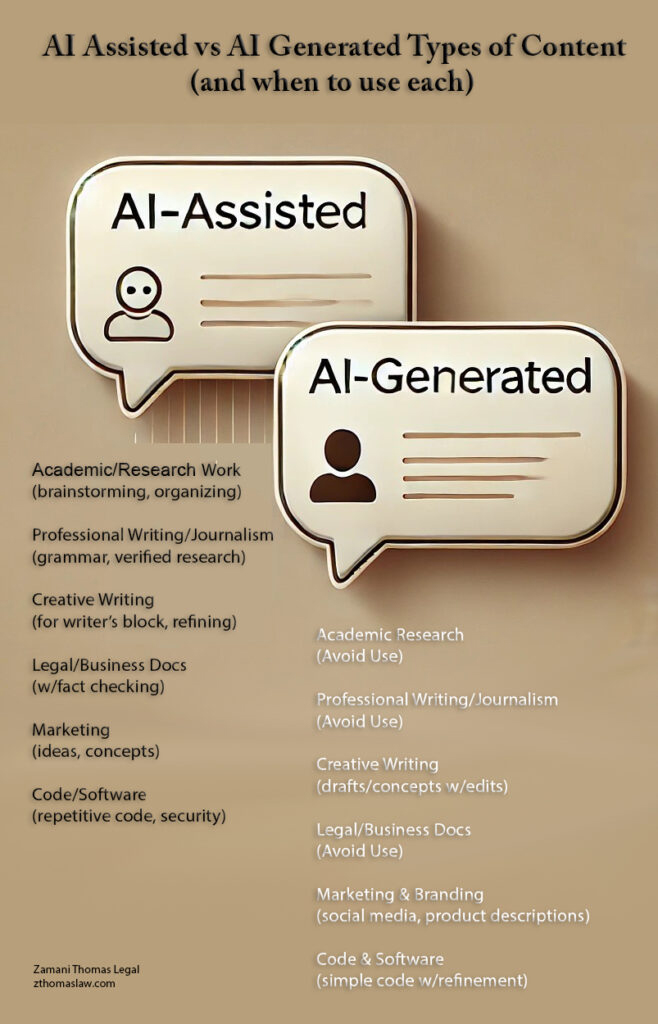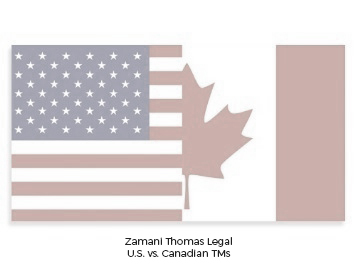AI-Assisted vs AI-Generated
AI-Assisted vs AI-Generated The Year is now 2025 and the informational landscape has shifted drastically. There was a time not too long ago that the only question you had about someone’s blog, article or book was whether they wrote it with original ideas or stole the ideas from someone else. Now that question is murkier. … Read more


